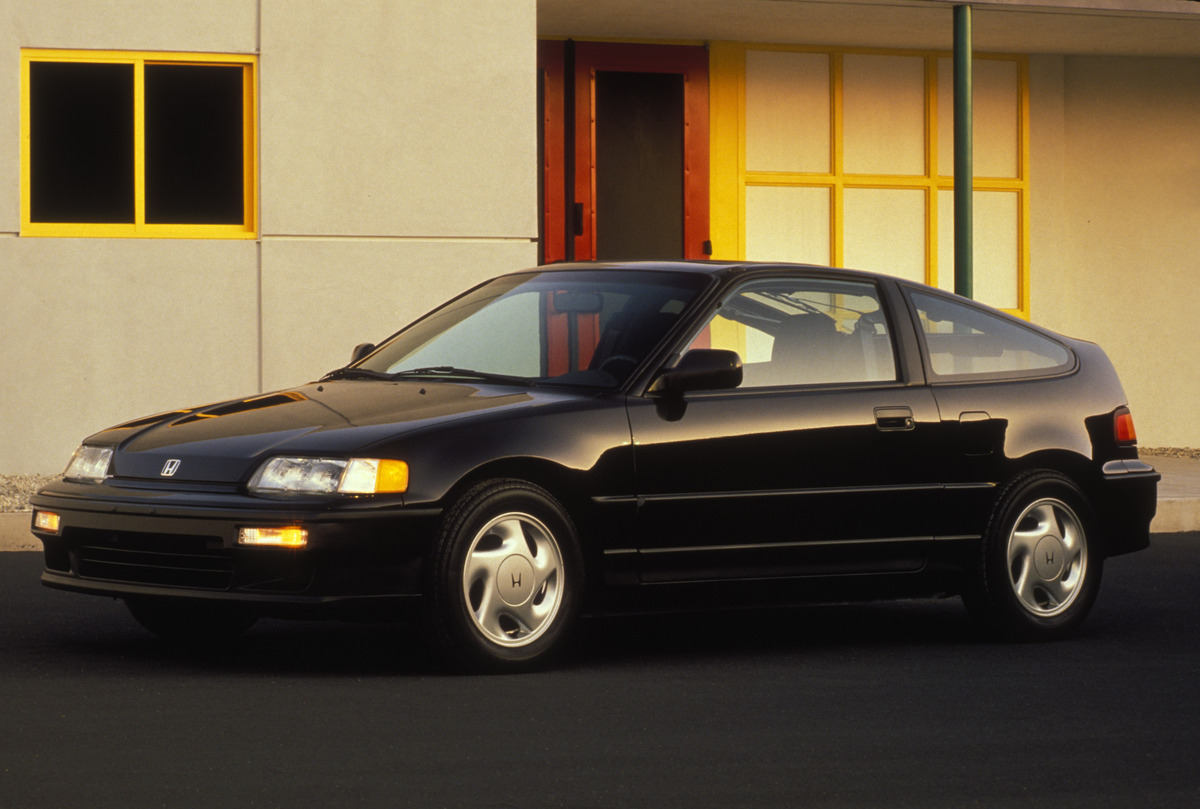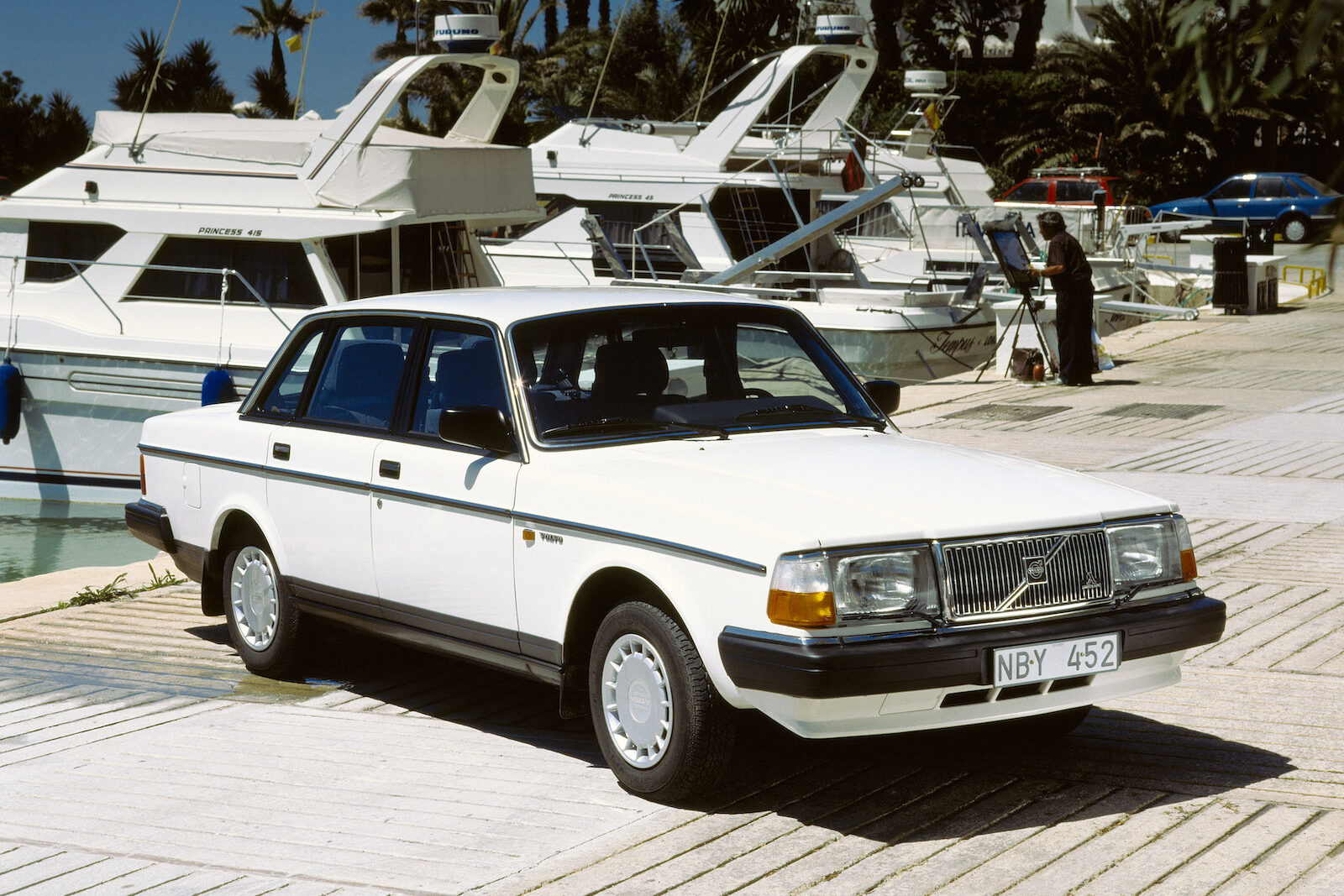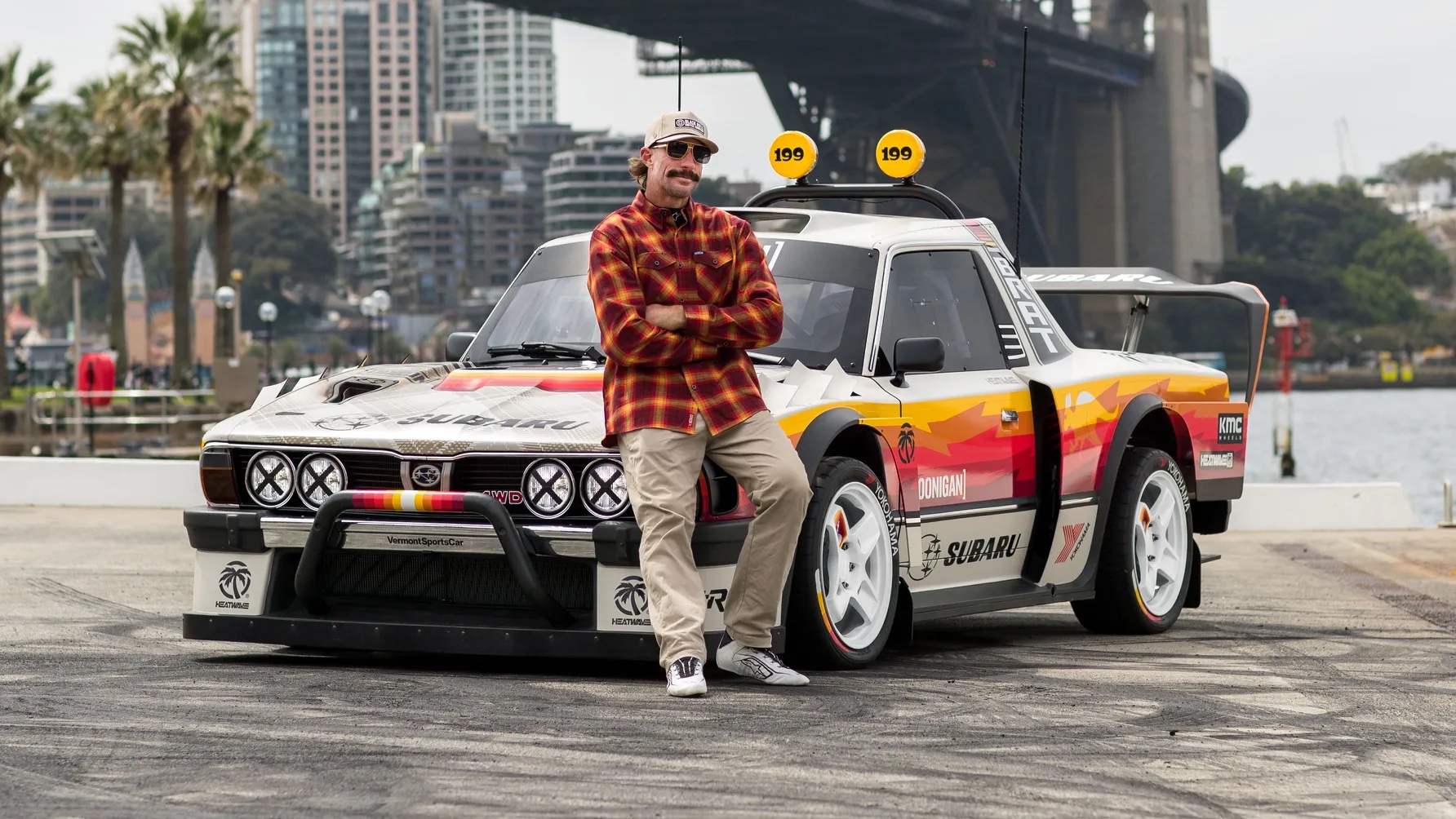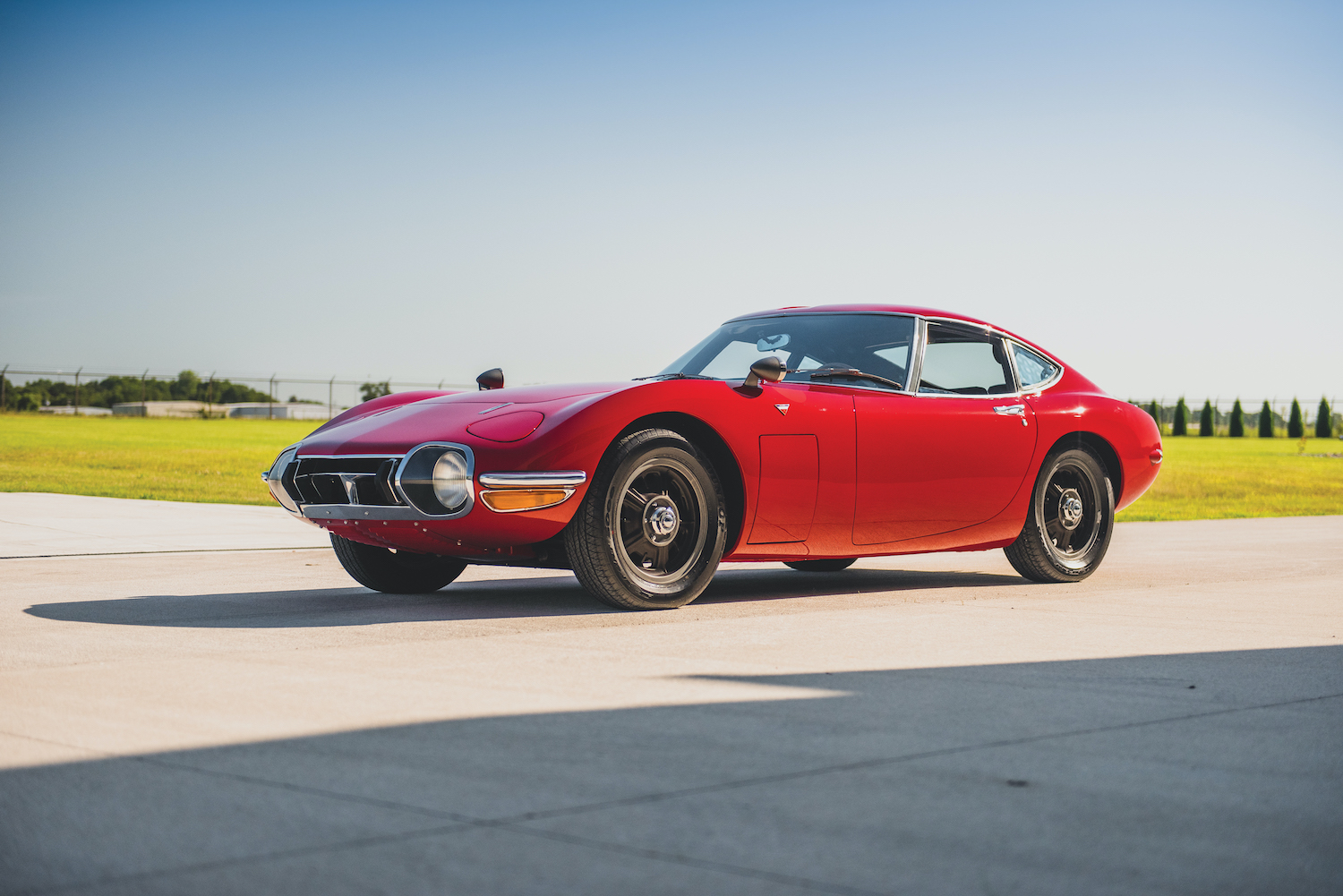Honda’s original CR-X was a car out of character for a company renowned for building innovative but more conventional machines.
The original CR-X was based on Honda’s Civic, sitting on a 2300mm wheelbase and just 3755mm long. It was effectively a two-seat sports car, although sold on some markets as a 2+2, featuring a fixed-roof and shallow luggage platform accessed via the rear hatch.
The 1590cc engine produced 96kW and in a car weighing 880kg, power delivery was snappy. Driver involvement was encouraged by the excellent five-speed manual gearbox and very direct steering.
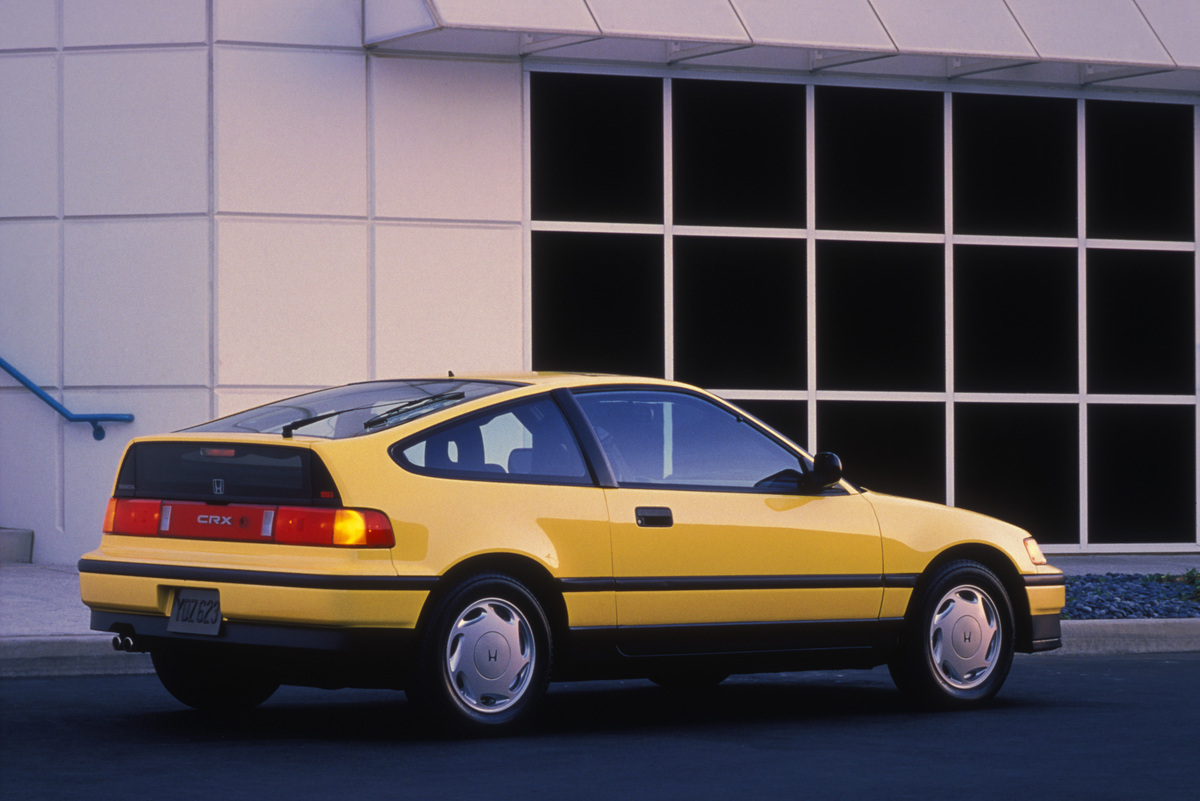
Standard equipment in early cars included power windows, a radio/cassette system and alloy wheels. From 1988, a clever sliding sunroof was added, marginally increasing the cars’ weight and boosting the retail price by $700.
Handling was the CR-X’s forte and saw them as front runners in Series Production races on Sydney’s tight Amaroo Park circuit. In Britain, up to 40 cars could be seen at various venues contesting the Honda CR-X Challenge series.
Initial rivals included Toyota’s MR2 and the Nissan EXA, but as time moved on, Mazda’s brilliant Mazda MX-5 and the Australian-built Ford Capri Turbo also joined the fray, although none quite matched the cheeky Kammback swagger of the little Honda.
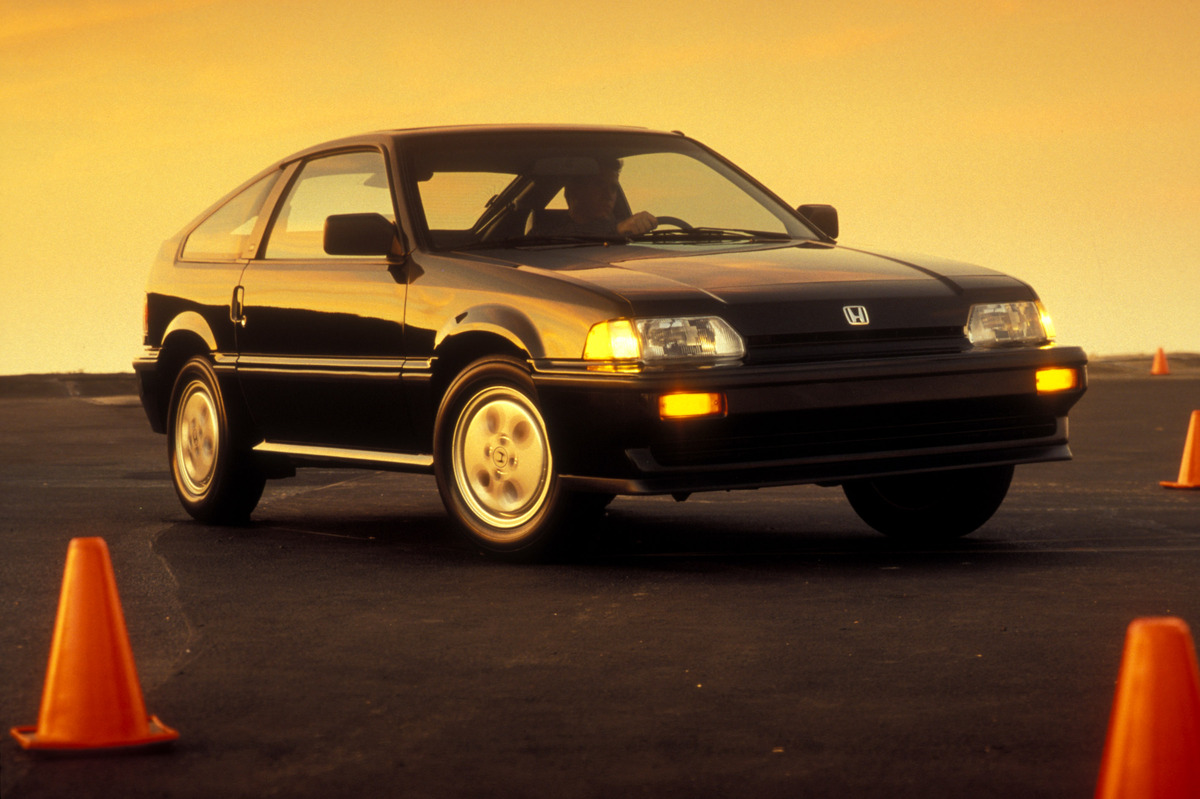
A restyled CR-X arrived in 1992, with 20 percent more power but also a 235kg weight gain and a significantly altered design philosophy.
The revised CR-X shape was more rounded than the chunky original, allowing for a more accommodating cabin. So called ‘Del Sol’ versions – the Spanish name references the cars’ removable roof panel that allowed sun into the cabin while still providing roll-over protection – were heavier again and more attuned to cruising than competition.
These later CR-Xs used different engines depending on their intended markets. Cars sold in the USA and some parts of Europe initially used single-cam engines that delivered tepid performance, but Australia from the start scored a lively 1.6-litre VTEC (Variable Valve Timing and Lift Electronic Control) with 118kW.
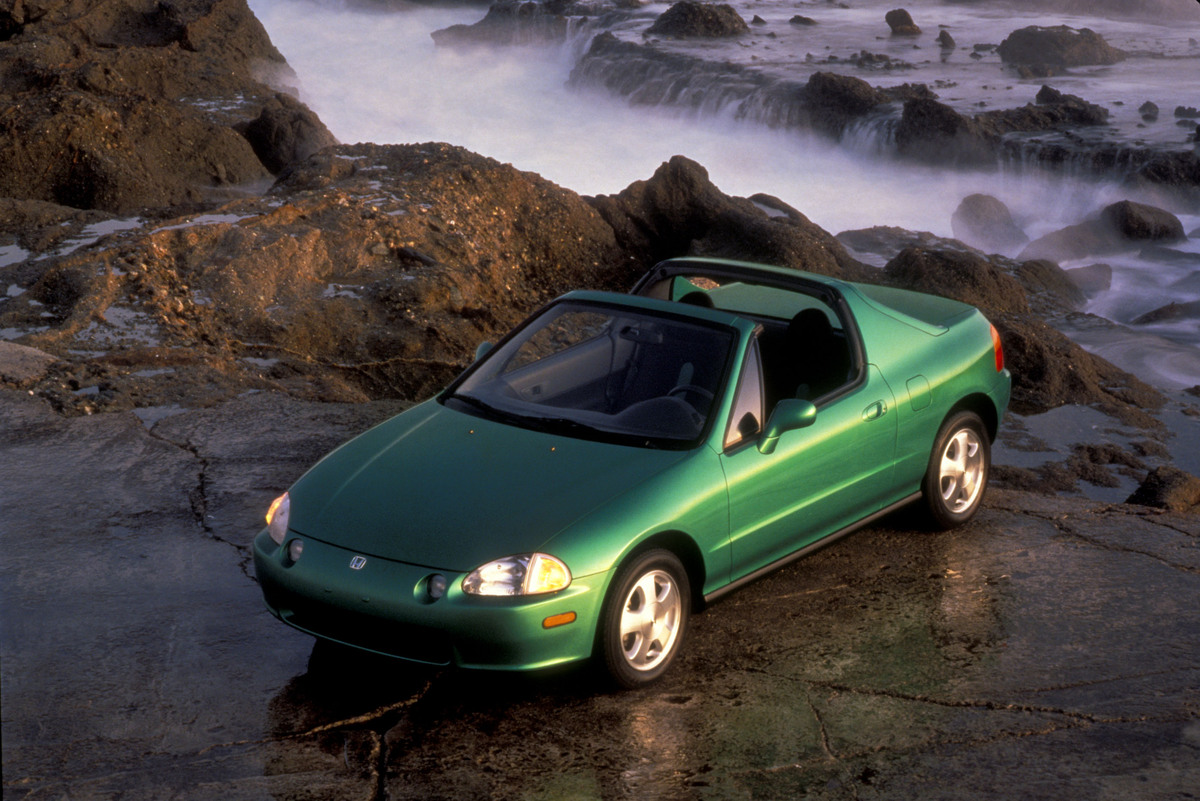
A five-speed manual was the only transmission offered here, albeit supplemented by a generous list of features including ABS brakes, central locking, an uprated stereo and alloy wheels. From mid-1994, a driver’s side airbag was available, although it did cost $1300 extra.
Differences in design clearly divide the CR-X market. Early cars will, in excellent original or modified condition, now exceed $30,000. Those needing paint or mechanical work might be found at $12-15,000.
That is only slightly less than the cost of a typical 1992-96 car, with excellent Del Sols making $20,000. Longer term value growth will likely favour the earlier cars.
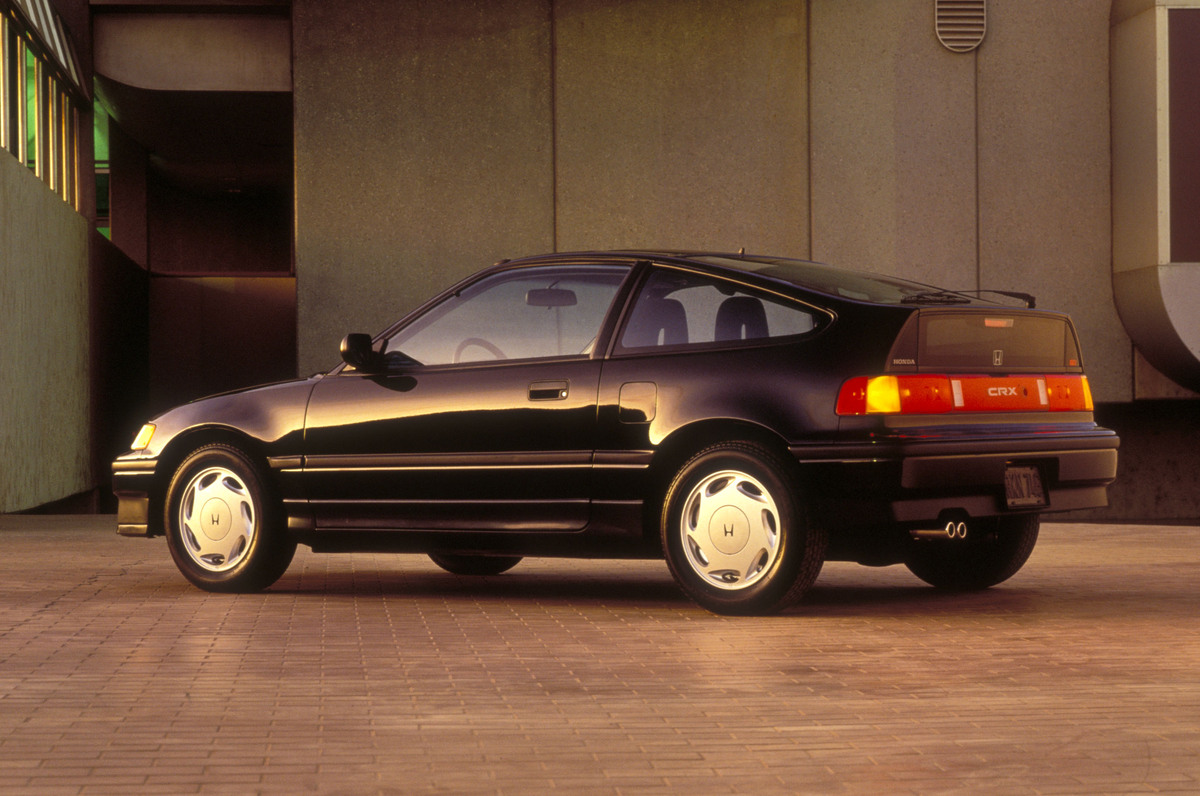
Things To Watch Out for When Buying a Used Honda CR-X (1988-96)
- Body alignment due to poor crash repairs
- Weakened struts that don’t hold the rear hatch open.
- Sunroof seal allowing water into cabin.
- Oil sludge due to neglected maintenance adversely affects the VTEC valve train.
- Driveshaft constant velocity joints worn and noisy.
- Power windows stick or don’t work at all.
- Wide tyres and minimal weight reduce wet weather grip.
Valuation Timeline: Honda CR-X (1988-96)
-
2005$11,500
-
2010$10,000-13.04%
-
2014$6,500-35%
-
2020$12,000+84.62%
-
2025$27,500+129.17%



